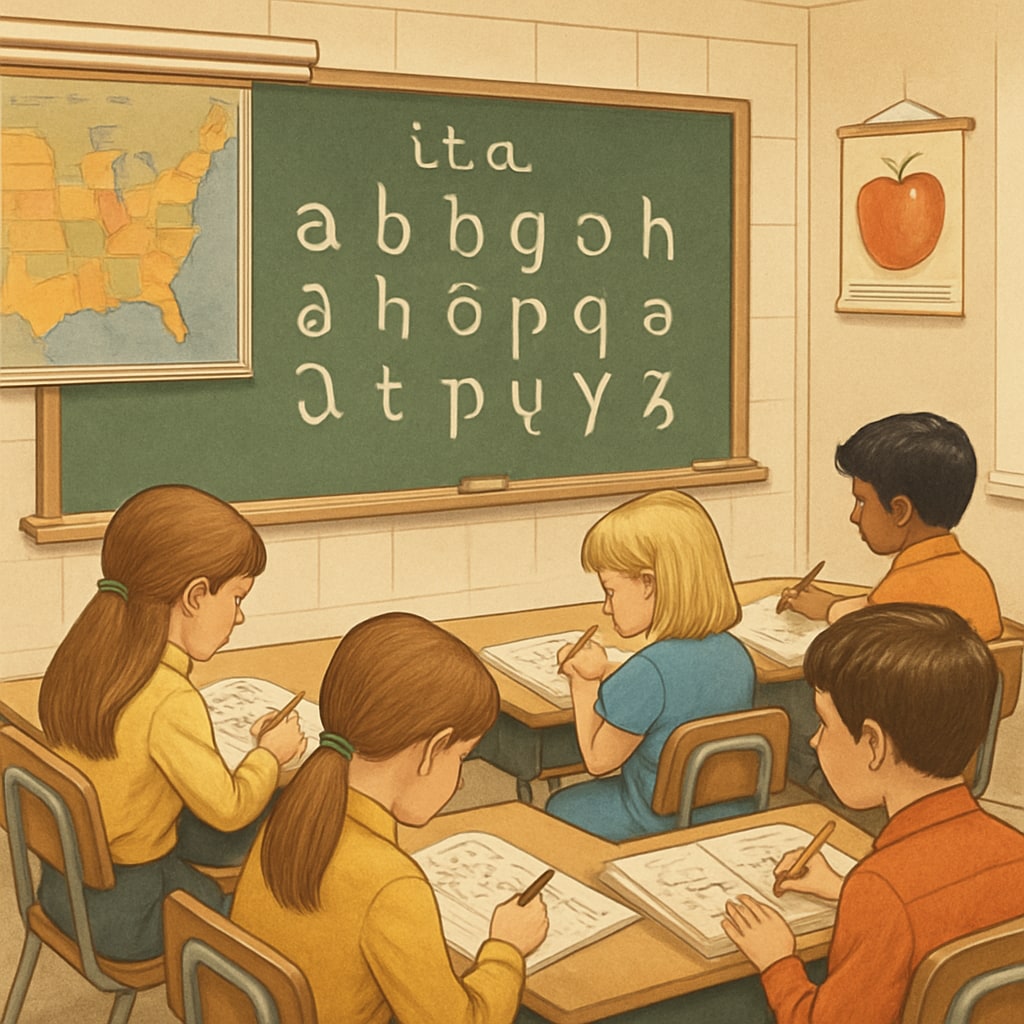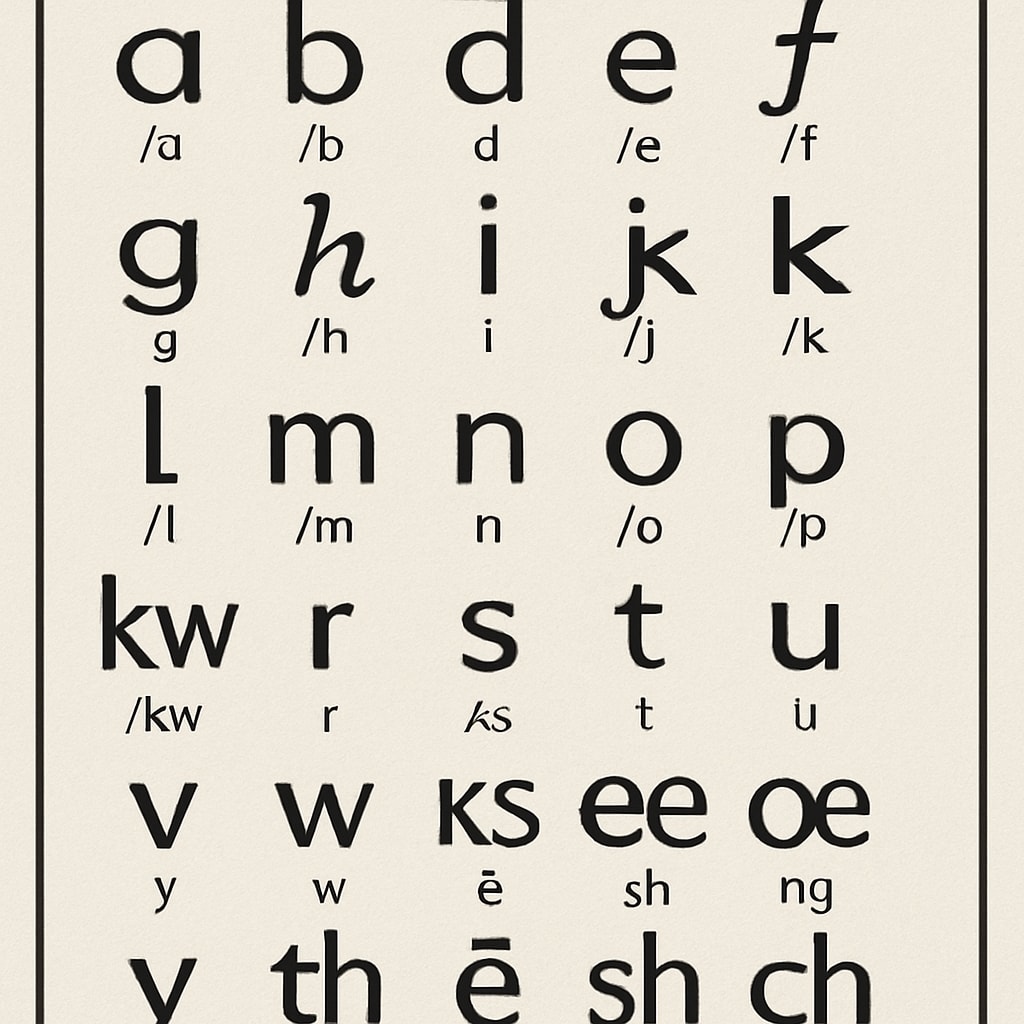The Initial Teaching Alphabet (ITA), introduced in the 70s education system, was an audacious attempt to simplify English learning for young students. This experimental teaching method aimed to improve early reading and writing skills by using a phonemic-based alphabet system. However, while the ITA initially promised to revolutionize literacy education, its long-term impact on spelling skills has been a subject of debate. Critics argue that it may have inadvertently hindered the development of accurate spelling in a generation of learners.

What Was the Initial Teaching Alphabet?
The Initial Teaching Alphabet was developed by Sir James Pitman in the 1950s and adopted in the 1960s and 1970s in various schools, particularly in the UK and the US. It featured 44 characters, designed to represent phonemes (distinct units of sound) in a more consistent way than traditional English orthography. For example, the ITA used a unique symbol for the “sh” sound rather than relying on letter combinations.
The rationale was straightforward: simplify the complex rules of English spelling to make reading and writing more accessible for young children. By removing irregularities and inconsistencies, ITA proponents believed students could focus on phonemic awareness without being bogged down by traditional spelling rules.
Short-Term Success, Long-Term Concerns
Initial studies on ITA showed promising results. Students using this method were often quicker to develop reading fluency compared to their peers learning through traditional methods. However, as these students transitioned to standard English orthography, challenges emerged. The transition required unlearning the ITA system and adapting to the complexities of traditional spelling.
Critics argue that this “double learning” process created confusion. For example, students who learned to spell words phonetically in ITA encountered difficulties when spelling those same words in standard English, where phonetics often do not align with spelling conventions. Consequently, this led to long-term spelling errors and inconsistencies among some learners.

The Lasting Impact on Spelling Skills
Several studies and anecdotal reports suggest that the ITA had a mixed legacy. While it succeeded in the short term by boosting early literacy confidence, its long-term effects on spelling skills were less favorable. Linguists and educators have raised concerns about students’ reliance on phonemic spelling, which made it harder for them to internalize the irregularities of standard English orthography later in life.
- Increased difficulty in transitioning from ITA to traditional spelling systems.
- Persistent spelling errors rooted in phonemic representations.
- Confusion regarding silent letters and irregular spellings.
As a result, while ITA was eventually phased out of most educational systems by the late 70s, its impact on a generation of learners continues to be discussed in educational history and linguistics.
Lessons Learned from the ITA Experiment
The ITA experiment offers valuable insights into the complexities of educational innovation. While it aimed to simplify and improve literacy acquisition, its unintended consequences underscore the importance of considering long-term effects when implementing new teaching methods. Educators today can learn from ITA’s shortcomings by designing systems that support both short-term learning and long-term skill retention.
For example, modern phonics-based approaches now incorporate strategies to bridge the gap between phonemic awareness and standard spelling rules, ensuring that students can adapt to traditional orthography without confusion. As a result, educators must carefully balance innovation with practical application.
In conclusion, the Initial Teaching Alphabet remains a fascinating case study in educational experimentation. Its legacy serves as a reminder that while bold ideas can drive progress, their implementation must be rigorously evaluated to avoid unintended consequences, particularly in foundational skills like spelling.
Readability guidance: The article uses short paragraphs, clear transitions, and lists to summarize key points. The language strikes a balance between accessibility and academic rigor, ensuring a broad audience can engage with the content.


